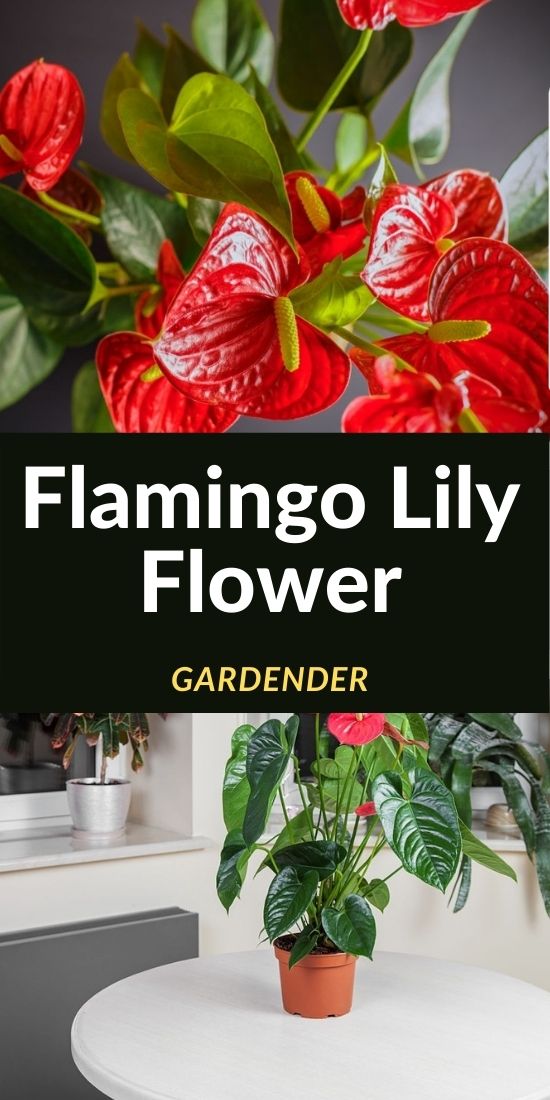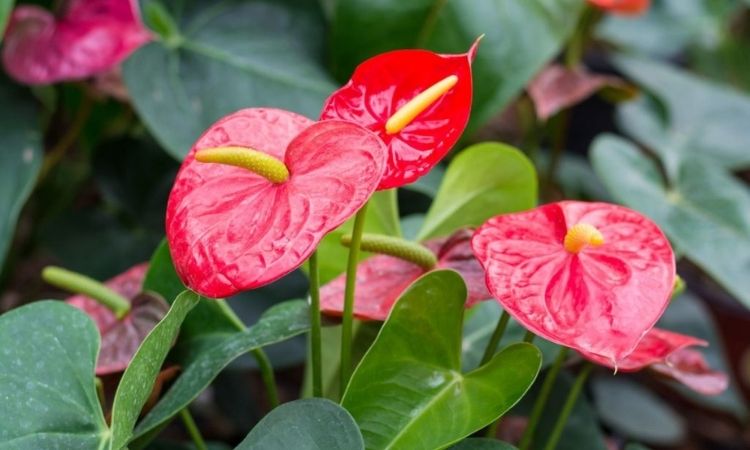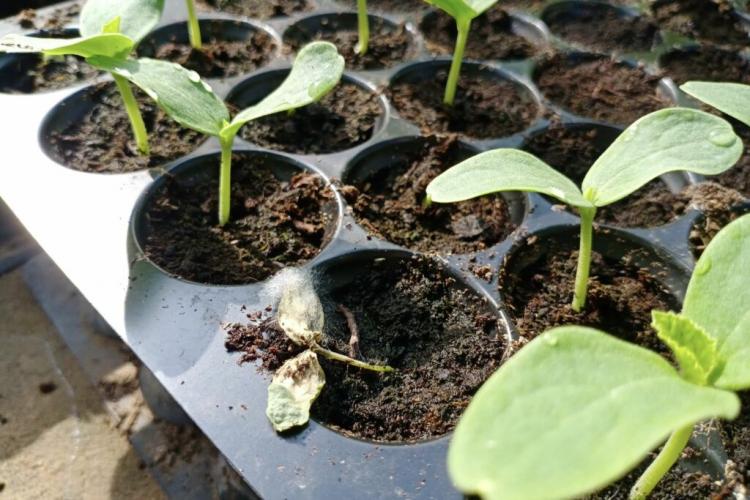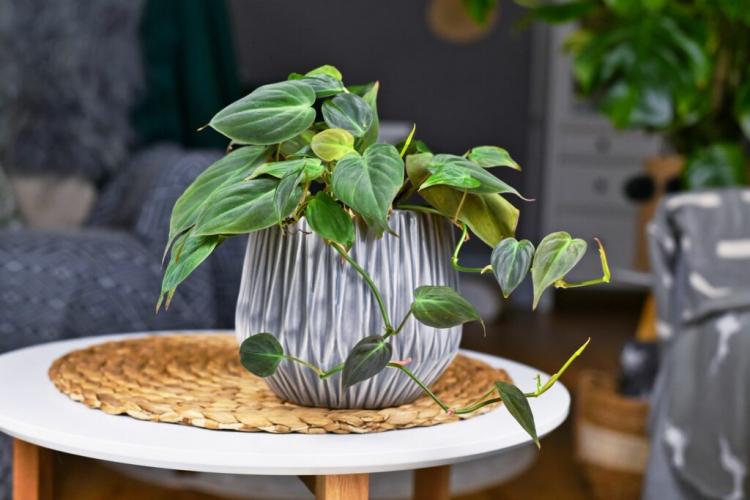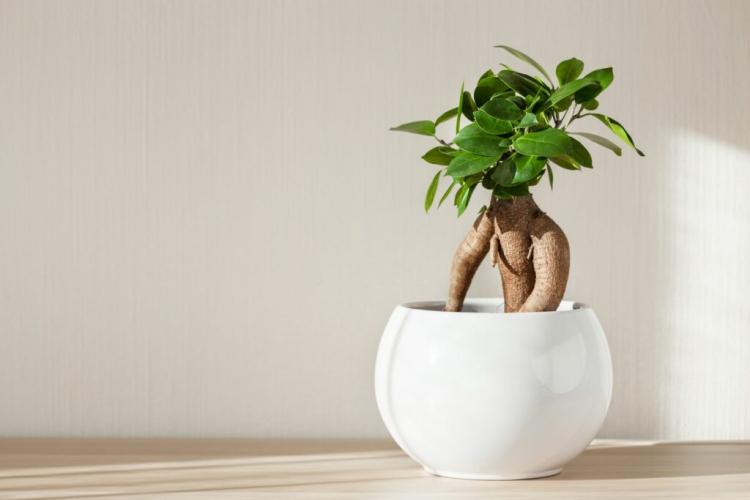Flamingo Lily Flower: Anthurium Care, Location & Propagation
The Flamingo Lily flower comes in many varieties. How the attitude succeeds and how to avoid common care mistakes you will learn here.
Flamingo flowers immediately catch the eye with their colorful or strikingly patterned leaves and are therefore very popular. As houseplants, the Anthurium scherzerianum and the Anthurium andreanum, as well as their hybrids, are mainly kept because of their brightly colored bracts.
They can be planted not only in soil but even thrive in water. How to do this? These and other questions about care, location, and propagation of the two species of Flamingo flowers are answered in this article.
Flamingo Lily Flower: Origin And Properties
Table of Contents
The flamingo flowers belong to the family of the Arum family (Araceae) and originate from the tropics of Central and South America. According to current knowledge, the genus includes about 1000 different species. Commonly found in our living spaces are the Small Flamingo (Anthurium scherzerianum) and the Large Flamingo (Anthurium andreanum) or crosses of both species.
Anthuriums are evergreen and often have strikingly colored, sheath-like bracts in white, pink, or red, also called spatha. However, the actual flower, typical of anthuriums, is bulbous and rather inconspicuous and is surrounded by the bracts. The decorative leaves of the Greater Flamingo flower are heart-shaped and shiny and can grow up to 15″ long. The lesser flamingo flower has elongated, rather dull leaves that can reach 12″ in length. It is often more floriferous than the Greater Flamingo.
Planting Anthurium
Anthuriums can be planted classically in soil, but can also be kept hydroponically. They require a little care but can be rewarded with abundant blooms year-round.
The Right Location
Flamingo flowers, in keeping with their tropical origins, like it warm and humid. In a sunny or semi-shaded place without direct sunlight, the anthurium feels most comfortable. Drafts should be avoided. The temperature in summer is best 68 to 77 °F, in winter 60 to 64 °F are sufficient. These low temperatures promote flowering the next spring, especially in the case of the Lesser Flamingo Flower, which is also called cold stimulus.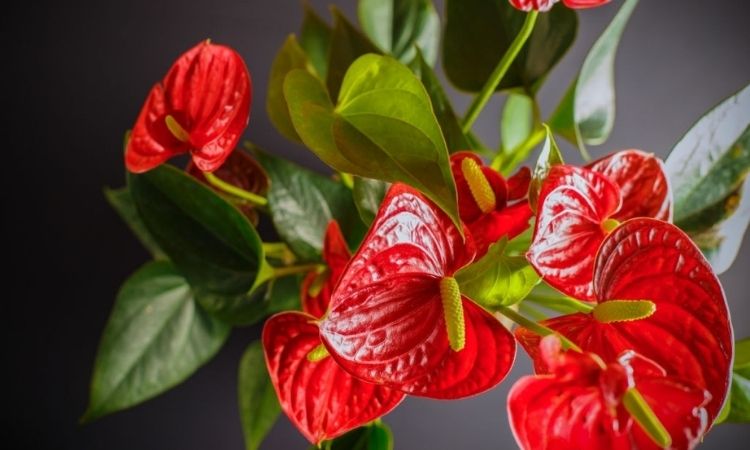
The Right Soil
The substrate for the anthurium should be, above all, loose and permeable, with high humus content. The flamingo flower does not tolerate lime and prefers an acidic to moderately acidic pH between 4.5 and 5.5. For example, green or houseplant soil is well suited. The anthurium also thrives well in a mixture of one-third each sand, leaf compost, and peat, although the use of peat is rather not recommended for environmental compatibility reasons.
Planting A Flamingo Lily In A Pot
If the flamingo flower is to be cultivated in a pot, it is important that it has a drainage hole at the bottom. Now, a drainage layer can be filled in first, for example, made of clay shards. This will ensure that the water can always drain away well and that no water builds up. The anthurium is then planted in a suitable substrate. For safety, gloves should be worn during this process, as touching the plant can cause skin irritation. Additionally, the soil can be covered with moss to protect the soil and roots from drying out.
Keep Anthurium In Water
It is also possible to keep the anthurium in water. Most flamingo flowers can easily adapt to this form of keeping, but then grow a little slower than in the ground. However, if the leaves turn yellow, it is better to put the plant back into a suitable substrate.
To keep the anthurium hydroponic, first rinse the roots of the plant with lukewarm water, removing all remnants of the soil. Now you just need to put the flamingo flower in a container with water so that the roots are just covered. If you keep the anthurium in a glass, you can even watch the roots grow. It is important to use water that is low in lime, such as rainwater. Every three weeks the water should be changed and the container cleaned. To provide the flamingo flower with the necessary nutrients, a little plant food or a drop of fertilizer is added now and then.
In the long run, however, keeping the plant in true hydroponics or soil is better for the plant than keeping it in a jar. For hydroponics, you need a waterproof planter, in which the water and a special nutrient solution are filled and a water level indicator is attached. In the inner pot is the plant, which is kept with the help of granules, for example, expanded clay. This allows enough oxygen to reach the roots. If the water level drops below the minimum line, watering is required again. When kept in water, it is particularly convenient that the humidity is automatically increased and watering is required less frequently.
Hydroponics compared:
- Hydroponics in a glass looks very decorative.
- Roots are completely covered with nutrient solution (in the long run can lead to oxygen deficiency and overfertilization).
- Water must be changed regularly.
- Use of substrate (e.g., expanded clay) to provide support and oxygen to the plant.
- Waterless by water level indicator (also allows watering in advance).
- The plant gets everything it needs from the nutrient solution in the planter through the roots (less risk of overfertilization).
Read More
- How to Fertilize Tomato Plants
- Peonies vs Roses
- Will Muriatic Acid Kill Grass?
- Do Weeds Die in the Winter
- Why is My Calibrachoa Dying?
Care Anthurium
To give the flamingo flower the care it needs, only a few things need to be considered. With a little practice, the attitude will succeed without any problems.
Watering The Anthurium Correctly
When watering, the most important thing is that the substrate never dries out, but the plants do not stand in water. You should therefore water regularly, but not too much, and remove excess water from the planter or saucer. In addition, flamingo flowers do not tolerate lime, so decalcified water or rainwater should be used. Watering is best done with room-warm water.
Timing And Choice Of Fertilizer Anthurium
From time to time, the flamingo flower needs new nutrients through fertilization. It should be fertilized regularly, but little. That is, in the summer, fertilization is done every two weeks, and in the winter about every two months, and in each case only half the concentration. In addition, since the anthurium is sensitive to too much salt, should be used primarily for organic fertilizer. Useful microorganisms in the organic fertilizer also stimulate root growth and improve nutrient availability.
Cut Anthurium
The flamingo flower does not need to be cut back. Only brown and withered leaves should be cut off at the base with a sharp knife. However, if you want to cut the anthurium back, this can be done without any problems. The cut stems will then keep for some time in a vase.
Repotting Anthurium
Young anthuriums should be repotted every year in spring when the growth phase begins. For older plants, it is sufficient to replace the top layer of the substrate or repot them every three to four years. Since the skin can be sensitive to touching the anthurium, it is advisable to use gloves when repotting as well. The flamingo flower is then placed in a larger pot appropriate for its root mass. Before planting, rotten roots should be removed.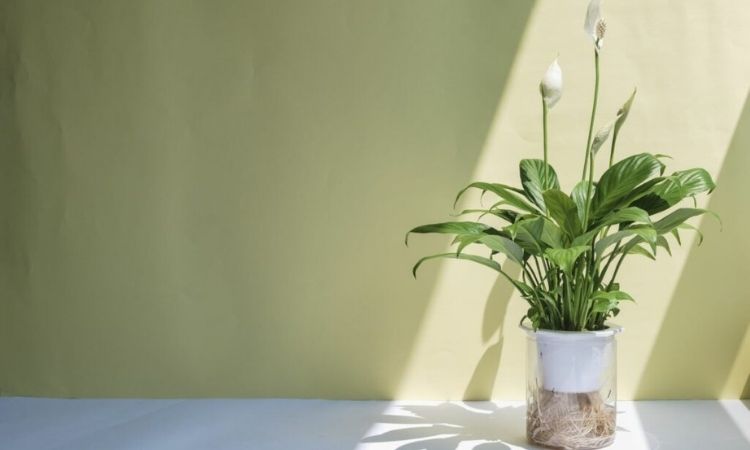
What To Do: Brown Leaves On The Flamingo Lily?
If the flamingo flower gets brown leaves, this can have various causes. In any case, brown and dried leaves should be removed so that the plant does not invest further energy in them. Possible causes of leaf discoloration are:
- Too much direct sun: the anthurium should be placed in a location without direct sun.
- Too much or too little water: Here it can help to change the water supply over some time and observe how the plant develops.
- Too little humidity: This also manifests itself in curling leaves. The plant should then be sprayed with low-lime water from time to time.
Flamingo Lily Does Not Bloom: Causes And Measures
There can also be various reasons for a lack of flowers. The following causes often lead to reduced flower formation:
- Too little light: the flamingo flower does not tolerate direct sunlight, but the location should still be bright enough.
- Too little fertilizer: Without sufficient nutrients, the anthurium cannot form flowers.
- Wrong nutrient ratio: For flower formation, the plant needs mainly potassium and a little less nitrogen, as the latter tends to promote the growth of green parts of the plant.
Propagate Anthurium
The easiest way to propagate anthurium is to divide old mother plants, which often even form rooted side shoots. For this purpose, you can use repotting in the spring. The flamingo flower can then be divided at the root ball. It is important that all parts have sufficient roots and at least one leaf. The daughter plants are then planted in their own pots and placed in a bright and warm location. If the anthuriums are still quite small, it may help to increase the humidity. For this purpose, for example, you can put a plastic bag over the plant and pot. This must be removed regularly so that mold does not form. Gloves should also be worn for safety when propagating the flamingo flower.
Another method is propagation by cuttings. To do this, cut some stems with a sharp knife at the base and remove all the leaves except for the upper ones. In these places, the cutting can later form roots. It is now placed in a water glass in a bright, warm place. The water should be changed regularly. Until the anthurium has formed enough roots and can be planted, a few weeks may pass.
Propagation of the flamingo flower by seed is possible only if the plant has been fertilized. Because flamingo flowers clearly prefer cross-fertilization, several plants of the same species are needed to harvest seeds. If fertilization is successful, the often colorful fruits form rather slowly within a year. Therefore, the flower stalks that have faded must not be removed. Once the berries are ripe, they must be harvested and the seeds extracted from the fruits.
The seed should then be washed off and used quickly, as germination is greatly reduced after only 24 hours. It can then be sown on an acidic, low-nutrient growing medium and lightly pressed, but not covered with soil. The whole thing should be kept well moist. It is best to stretch cling film over the sowing container and provide it with a few air holes, this will increase the humidity. After about two weeks, germination should have begun.
Proper Overwintering
Overwintering the flamingo flower is not difficult and can even contribute to increased flowering. In winter, the anthurium mainly needs:
- A lower temperature than in summer, preferably between 60 and 64 °F, but not colder.
- Less water, yet the root ball should never dry out completely.
- Fertilization only every six to eight weeks, as the growth phase does not begin again until spring.
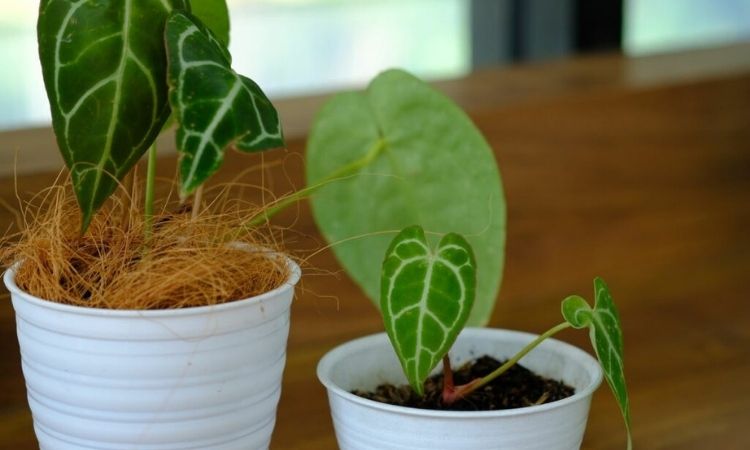
Common Diseases And Pests
Sometimes the flamingo flower may be affected by pests. The most common pests are:
- Spider mites: recognizable by a fine web and brown discolored leaves.
- Mealybugs: Sluggish aphids that leave bright spots on the leaves.
- Leaf spot disease: In rare cases, leaf spot disease can also be the cause of blotchy discoloration and wilted leaves.
Is The Flamingo Lily Poisonous?
Like most arum plants, the flamingo flower is slightly toxic to humans and animals. Touching it can cause skin irritation, and contact with mucous membranes and eyes, in particular, should be avoided. Consumption may cause gastrointestinal discomfort.
However, the leathery leaves tend to discourage animals from eating the plant. Gloves should be worn when repotting or propagating for safety. One colorful flamingo flower still not enough for you?